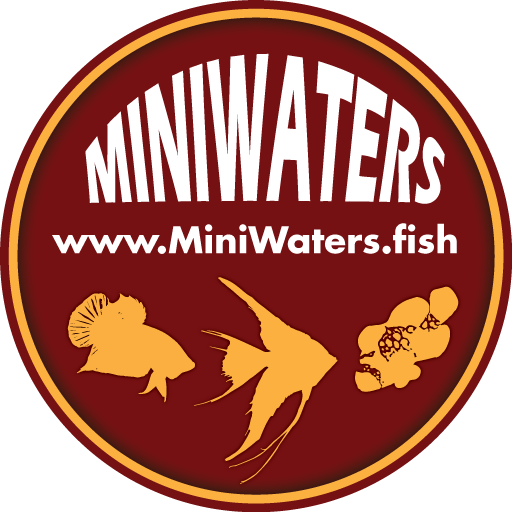Insights
Packing A MiniWaters.FISH Shipment via SpeeDee Delivery
So I have to tell you just how awesome doing business with me can be if you’re in the upper midwest.
You are going to flip out when you see the overkill packing job on these fish.
You’re going to think I’m nuts.
And then, then, you’re going to be shocked when you see what it costs to ship this way…if you’re a customer of mine in the upper midwest.
I’ve stressed in other places that www.MiniWaters.FISH is NOT “big business”, and that means that certain things like automated checkout or fancy custom shipping boxes just aren’t a priority here. If I can reuse packaging vs. throwing it out, you better believe I do. We owe that to our planet!
I prefer to think of every fish shipment as a customer order…because they are. I have to carefully balance the concerns of my customers (don’t waste their money when it comes to shipping charges) vs. my concerns for the fish (that they be given the best care possible through the entire journey).
Most of the fish industry is generally concerned with putting the most amount of fish into the least amount of space possible, and this makes financial sense so long as the fish arrive alive on the other side of things and in reasonably good condition.
However, if you could do better, would you?
Thankfully, when it comes to shipping via SpeeDee delivery, not only CAN I do better, I in fact DO do better! Here’s an example.
Consider tonight’s shipment, this amazing proven pair of Black Ocellaris.
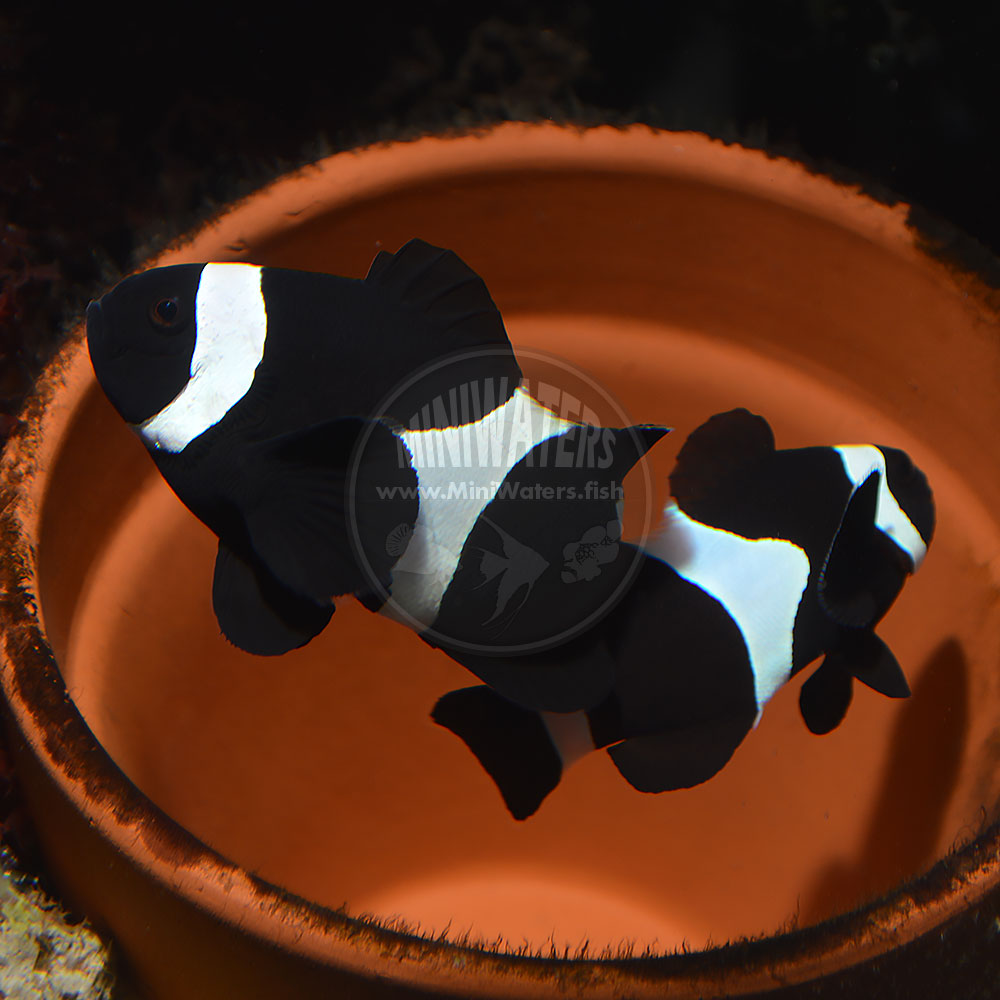
Now that was a $500 pair of fish. Because it’s a proven pair, if one of the fish in the pair doesn’t make it, that’s a $250 loss right there. I’m sure I could put these into 6″ bags and ship them in a small box, but that’s awfully risky! So here’s how they were packed.
First, they were given 10″ bags. They were packed SINGLY. Why? Well, for starters, on occasion pairs of fish bagged together can wind up stressed out and fighting, and something goes back in the bag (murder)! But also, what if one in the pair were to die in the shared bag? Well that just ups the risk of the dead fish taking out its mate as well. So I’ll always pack fish that were part of a pair individually.
In preparation for the shipment, the fish were fasted the day prior to reduce (if not eliminate) waste in the bag. Their system received a water change the day prior, and on shipping date, only half system water was used, the other half being clean, brand new water. ChloramX is added to the bag water for further ammonia control. The fish were not simply double bagged…no sir. They were in fact QUADRUPLE bagged.
Each fish had at least half a gallon of water, and the remainder of the bag space is filled with oxygen. This may seem downright crazy, and frankly if the fish had been going out to a different part of the country, they would’ve been packed more densely. But this was a regional SpeeDee Delivery shipment…that affords me to use an extra margin of care going way above and beyond what is actually required. More on that in a second.
Once the fish were bagged to my satisfaction, I went through my stacks of boxes to find the perfect one.
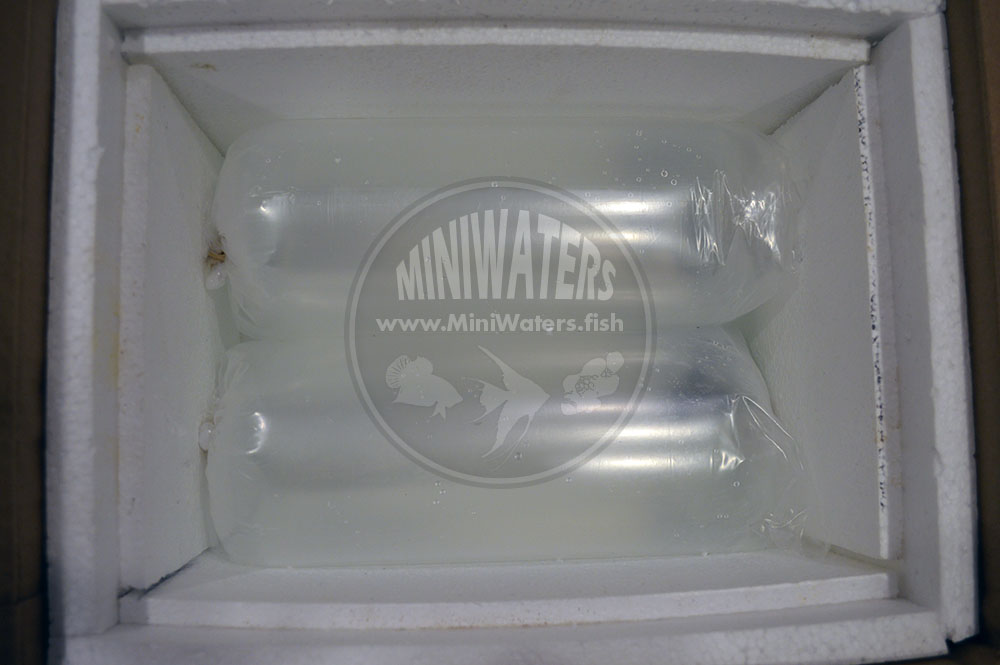
You’d think the story ends here, but no, it doesn’t. It is my general habit to use a liner bag of some sort as a last defense against leaks. Some of my boxes come with them, some don’t. When they don’t, I use a black, biodegradable trash bag as a liner.

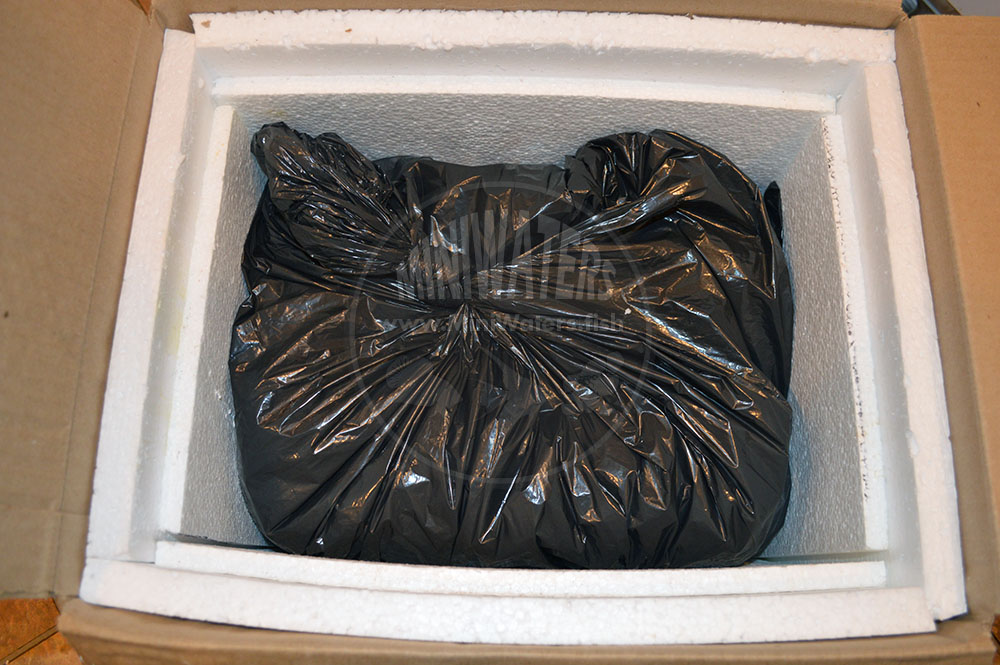
Given this is a winter shipment, extra head height in the box actually serves a few purposes. For starters, in this shipment, I added a copy of the invoice as well as some goodies (not shown, as I don’t want to spoil the surprise).

Like I mentioned, this is a winter shipment. The amount of heat packs corresponds primarily to the size of the box and the anticipated temperatures. I should note that the void space helps ensure that air gets to the heat packs to keep them working, but also prevents direct contact with the fish bags (which can, in theory, cause a bag to overheat). I also use multiple types of heat packs in some shipments.
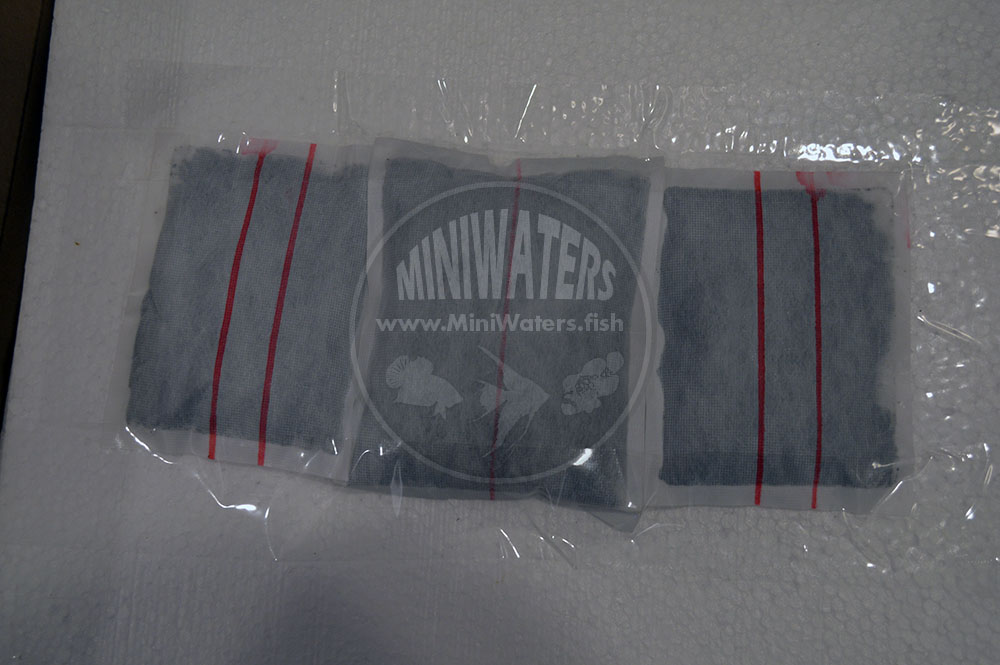
After that, the package is sealed up and delivered to SpeeDee Delivery.

It’s a late evening drop off, which my family doesn’t like (I basically rush out the door after dinner), but the upside is that this minimizes the transit times, and minimizes the time the fish are in bags. Here in Duluth, MN, the trucks don’t start leaving for their overnight drives until 8:30 PM (so yes, that fish that arrives at 8:30 AM the next morning…wasn’t even in the box 12 hours!). This means that tracking numbers aren’t available until late at night!
So all together, 2 clowns got shipped in probably about a gallon of water all said and done. They had huge oxygen reserves as well. The best part? SpeeDee places packages like mine in the cab with the driver when they can to further minimize exposure during transit!
And you know how much this crazy over-packaged pair of fish cost me to ship?
It cost $8.00 to ship, overnight to Chicago.
This is why aquarists in MN, WI, Northern IA and IL, and Eastern ND and SD, need to think about the true costs of shipping. We are extremely lucky to have this available to us; to ship the same package to the same Chicago Destination via FedEx would have run around $60-$65 (the public rate, walking in without discounts – $111 to $140!)
Now, there are obviously differences between FedEx and SpeeDee (FedEx guarantees overnight delivery, SpeeDee doesn’t), but by and large, this is just a huge win for those of us. I am sure at some point someone will have a problem with SpeeDee, but I could say the same for FedEx. I’ve partnered with an incredible service company for FedEx that adds an extra level of customer service attention for FedEx shipments that go off the rails, so there is that, but ultimately, the choice is yours. Me? I have fish shipped to me via SpeeDee on a regular basis, as well as shipping them out. They’ve always made it in great shape.
And given the costs to ship via SpeeDee, look at how MUCH extra care and cushioning I can put into a package!!
